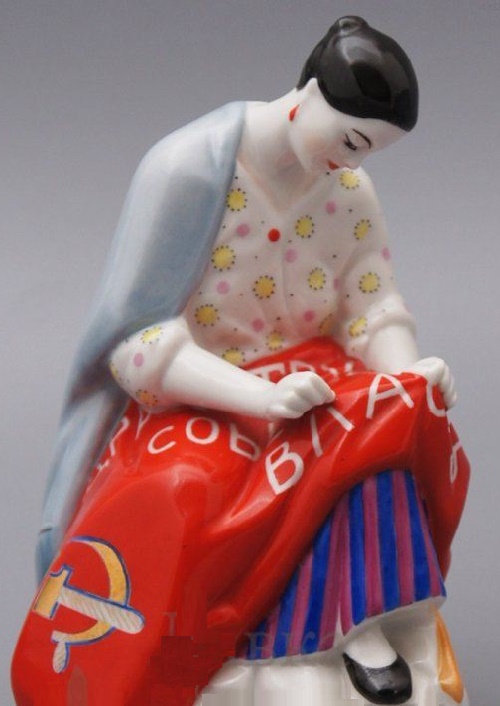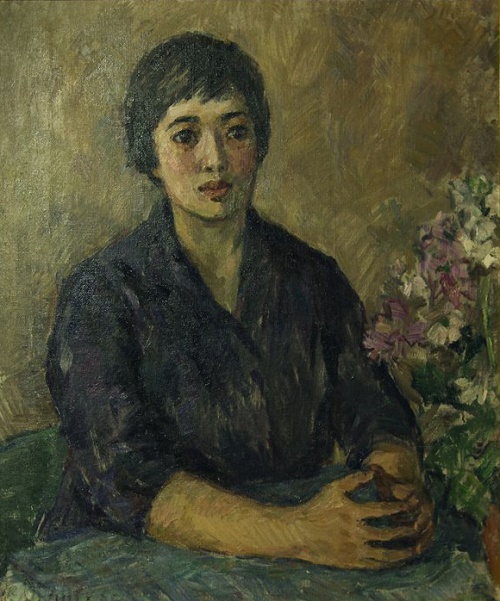Interpreting USSR kitsch Soviet artist Arkady Petrov
Interpreting USSR kitsch Soviet artist Arkady Petrov (born 1940). His art, as well as many of his contemporaries, actually fell into the category of “forbidden” in Soviet times. His paintings almost never appeared on official exhibitions, although in the artistic environment his authority was quite high. Born in 1940 in the village near Gorlovka in the Donbass (and then Stalin) region, he spent his childhood in the miner’s province. Meanwhile, aged 17, he moved to Moscow (1957). After graduating from the Art School “In Memory of 1905”, in 1963-1969, he studied at the Moscow State Art Institute of Surikov. During the Soviet era, authorities hardly allowed his works, and in Soviet times he had only one solo exhibition. However, The Russian Museum became the first museum that acquired the artist’s canvases as far back as the 1970s. Besides, he gained fame in perestroika as the author of one of the individual versions of social art.
Read more »






